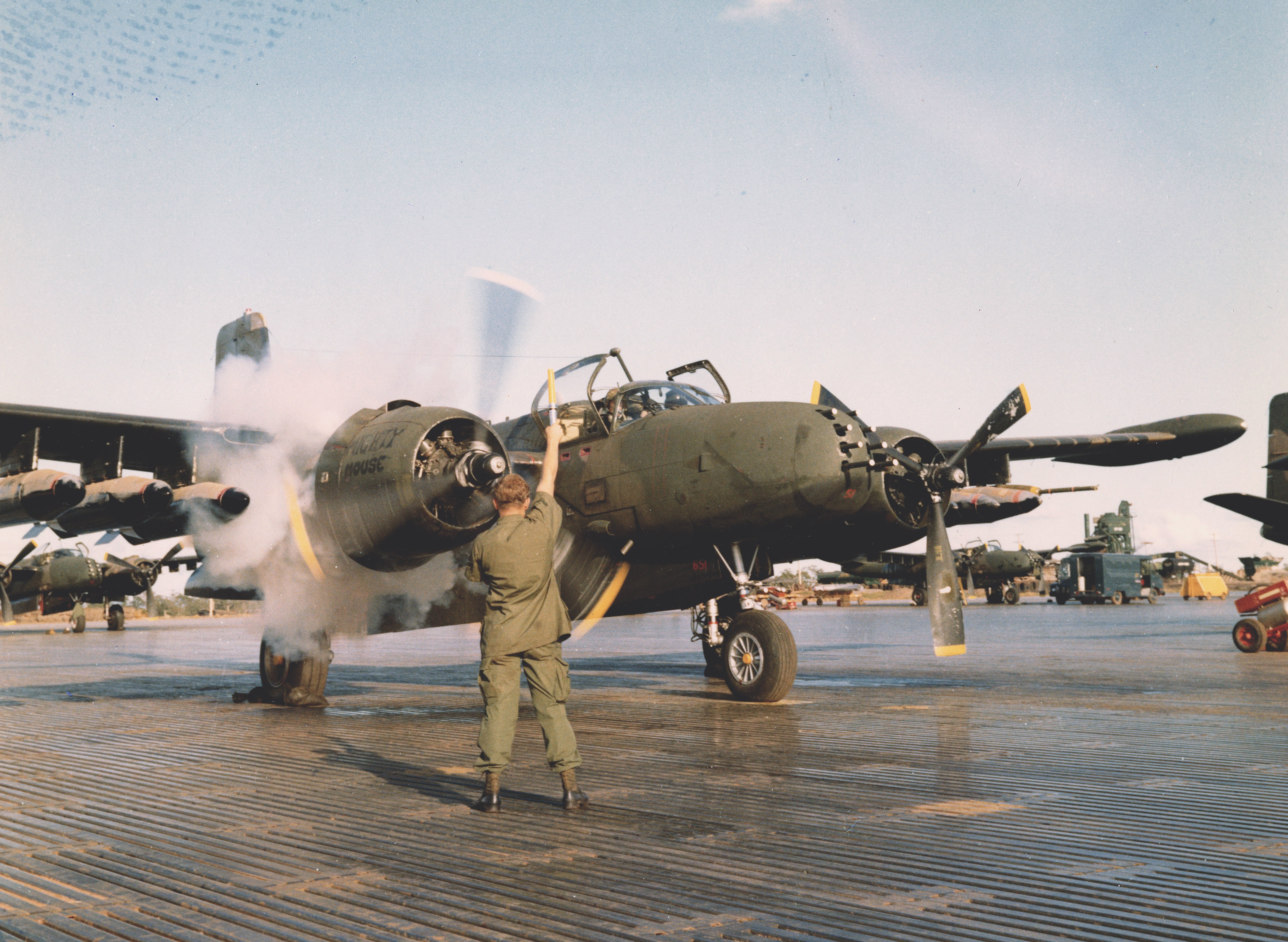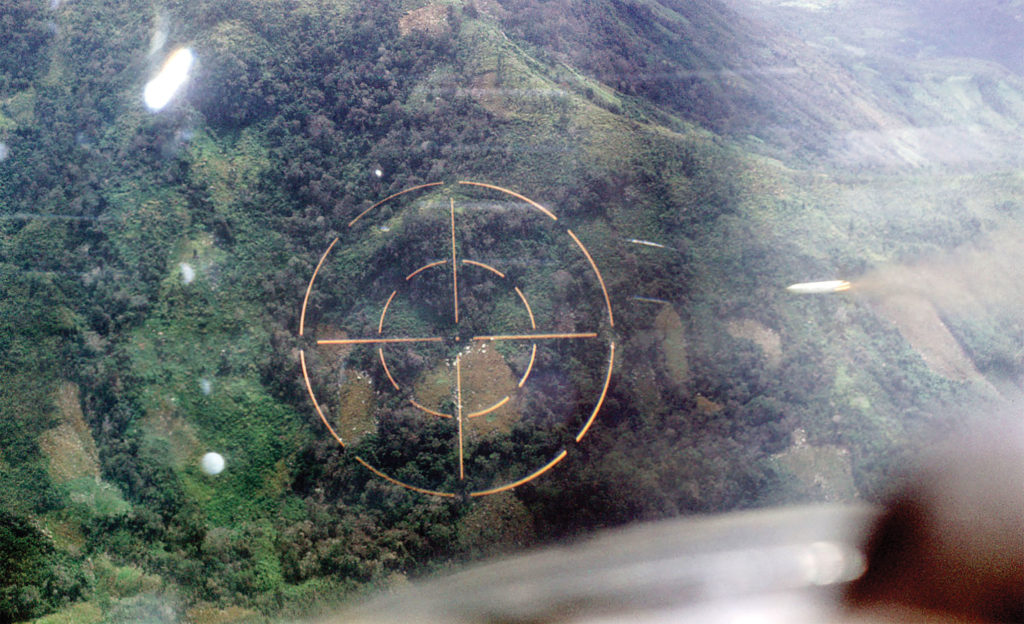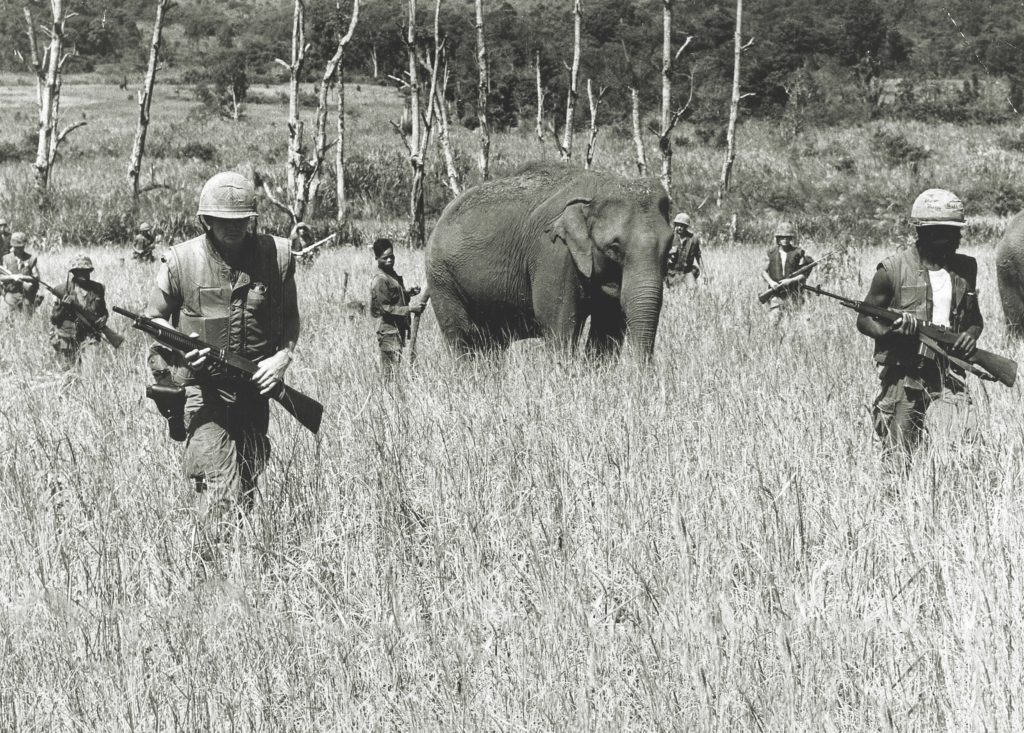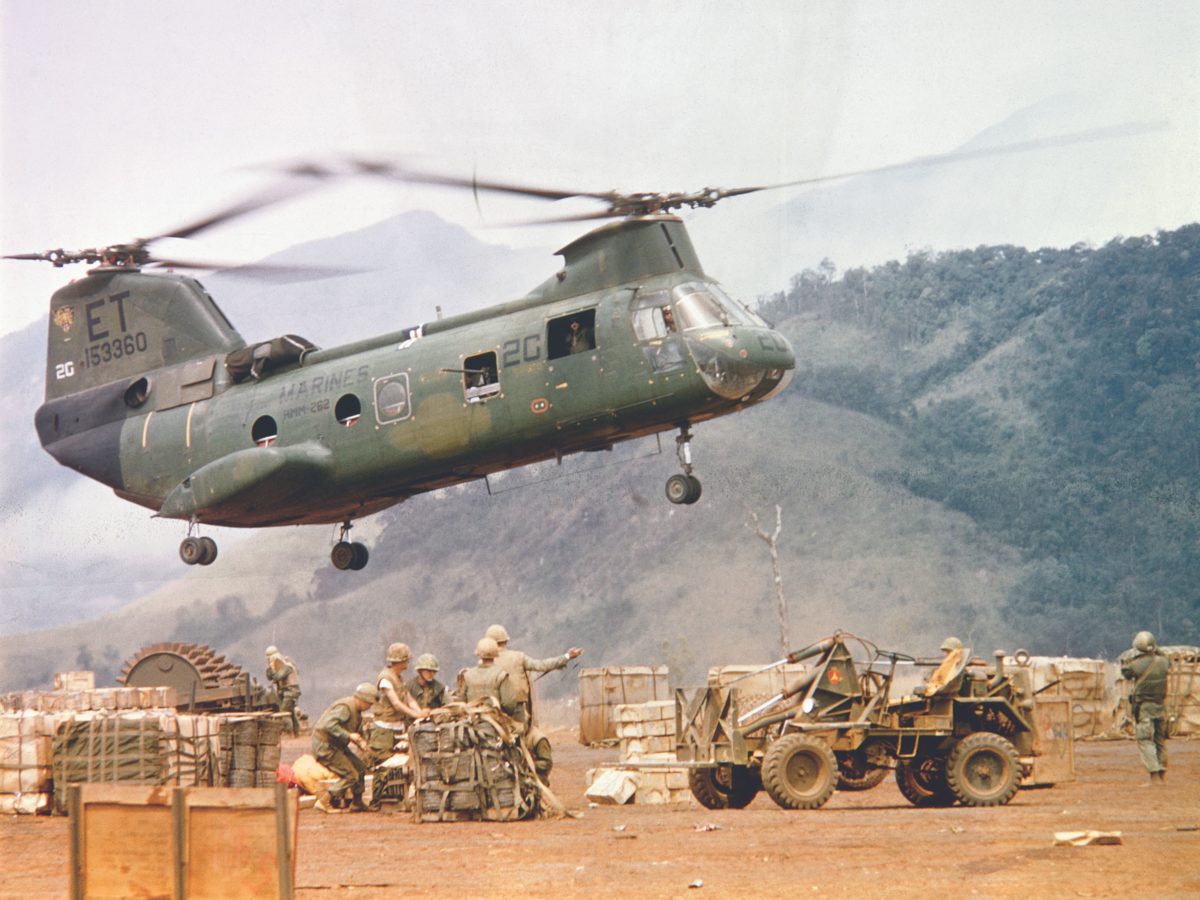An array of specialized units took on some of the war’s most dangerous missions
Recommended for you
The United States counted heavily on technology to overcome the large numbers of communist soldiers and guerrilla fighters in its defense of the Republic of Vietnam. This applied particularly to the U.S. Air Force, whose unofficial presence presaged the United States’ formal introduction of ground combat troops on March 8,1965, and whose last combat missions were flown after the fall of Saigon on April 30, 1975.
The years in between saw a wide variety of special operations conducted by highly skilled units of the Air Force.
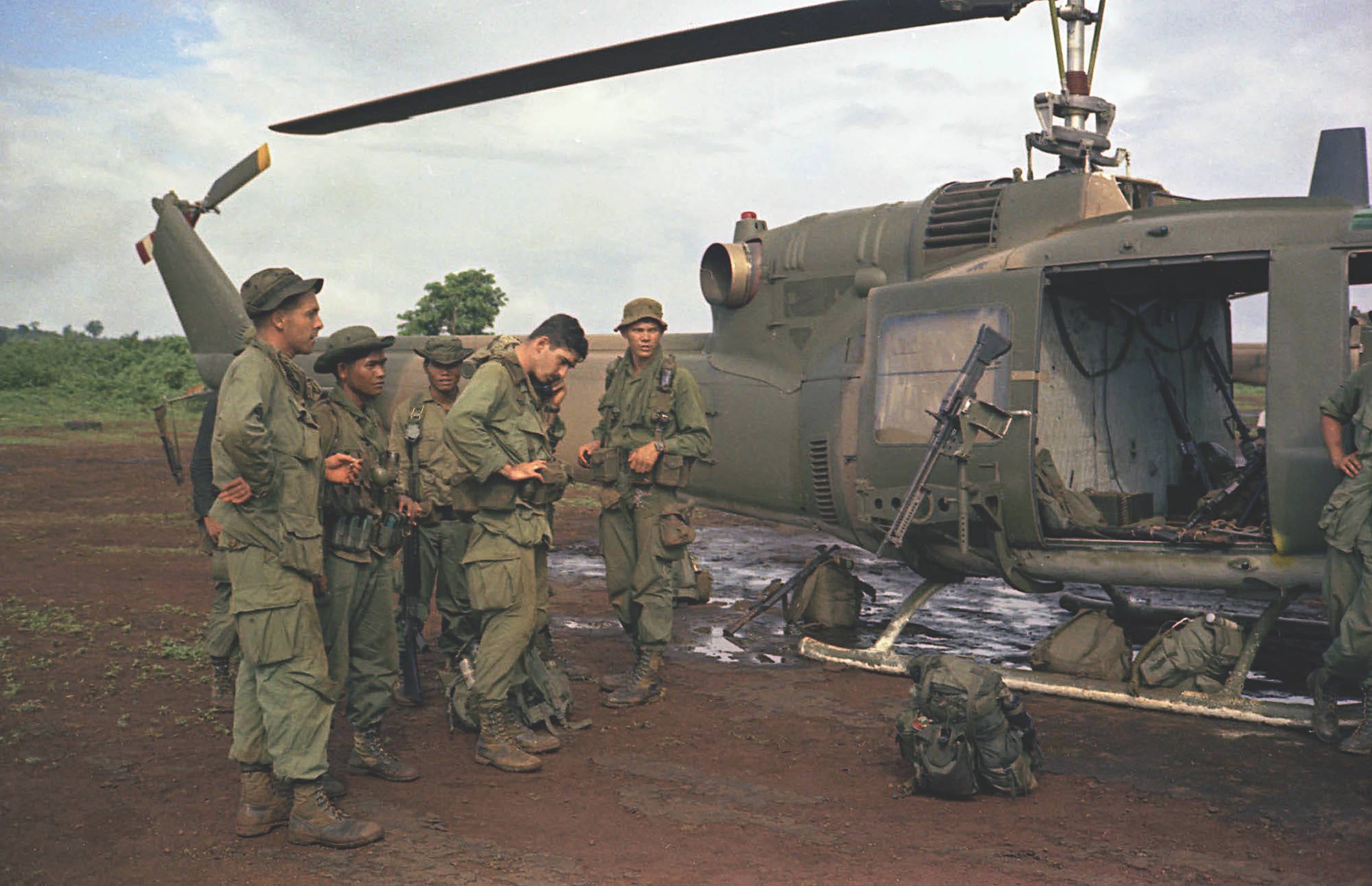
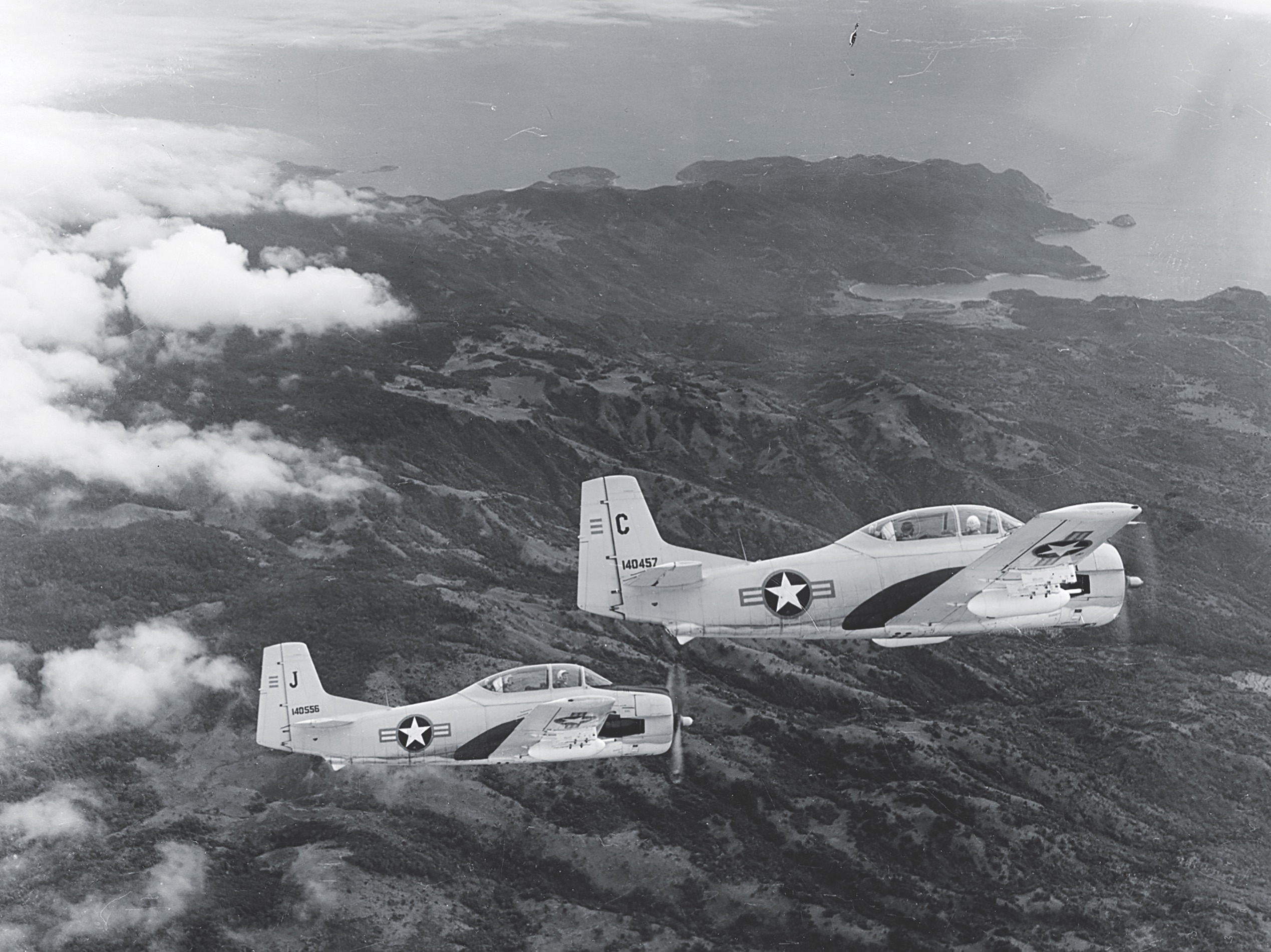
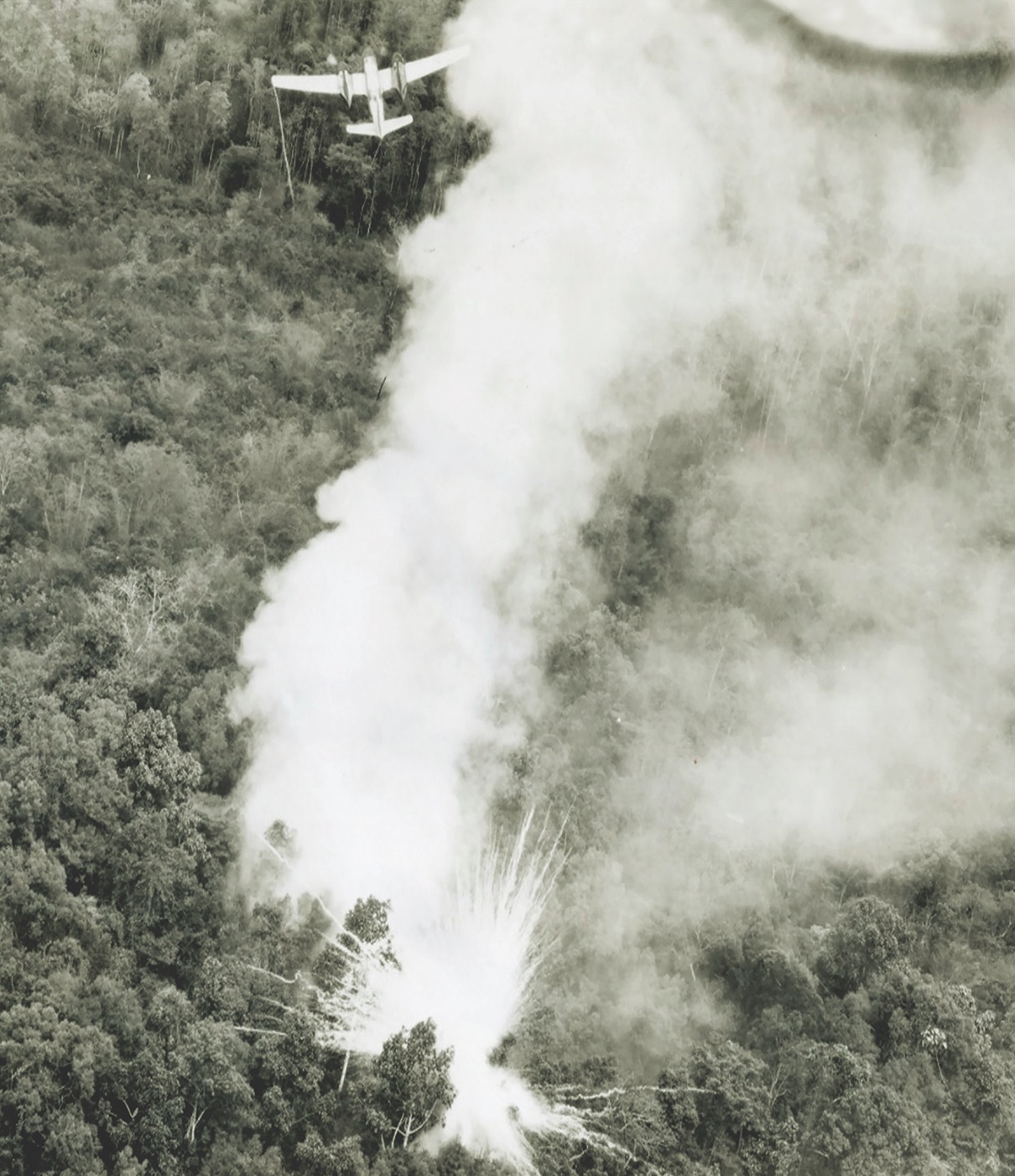
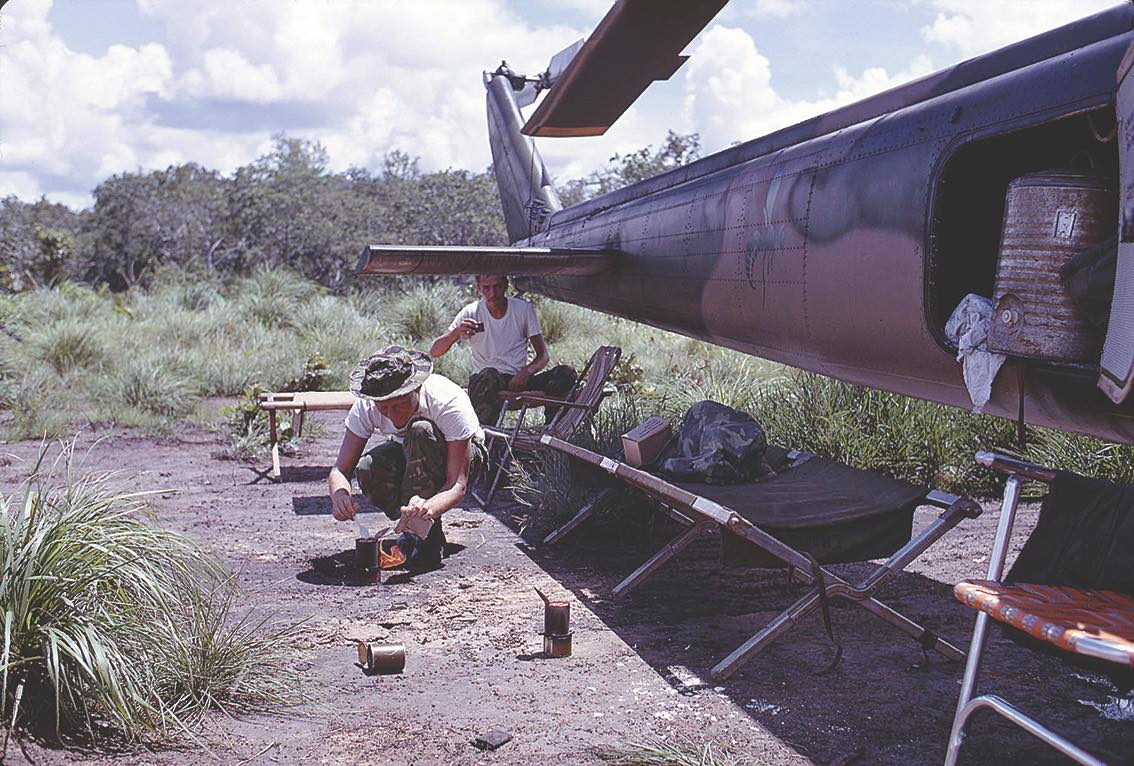
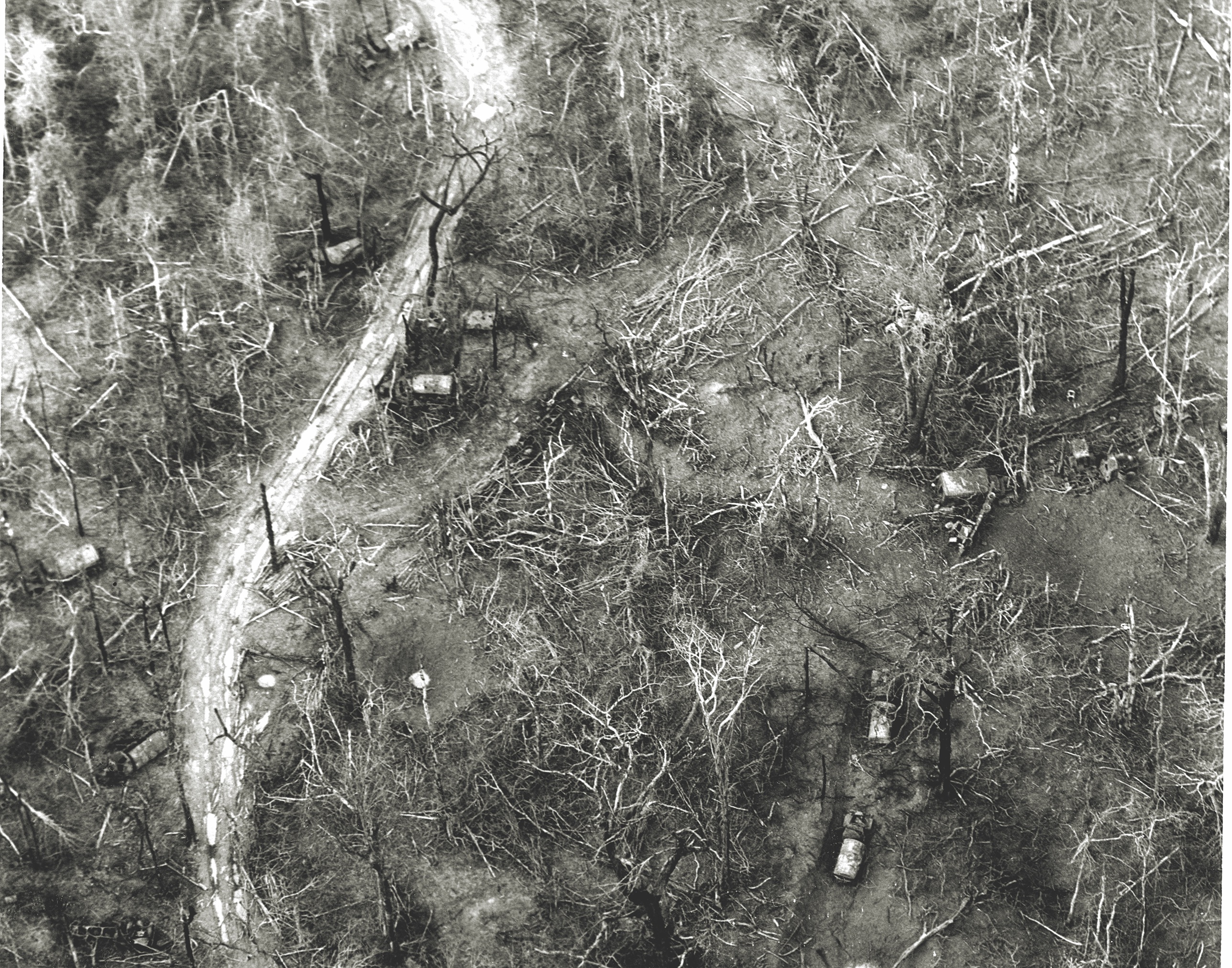
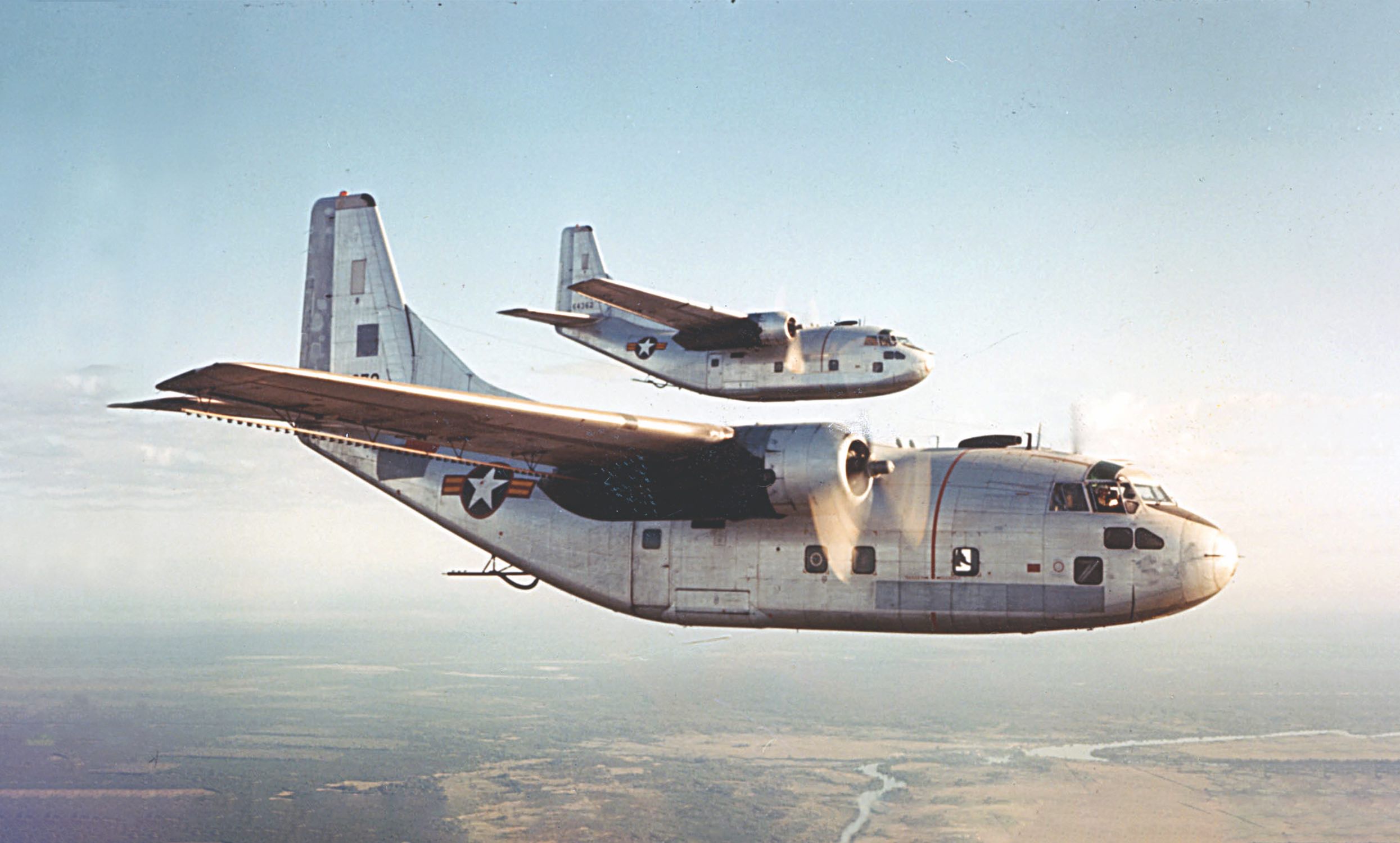
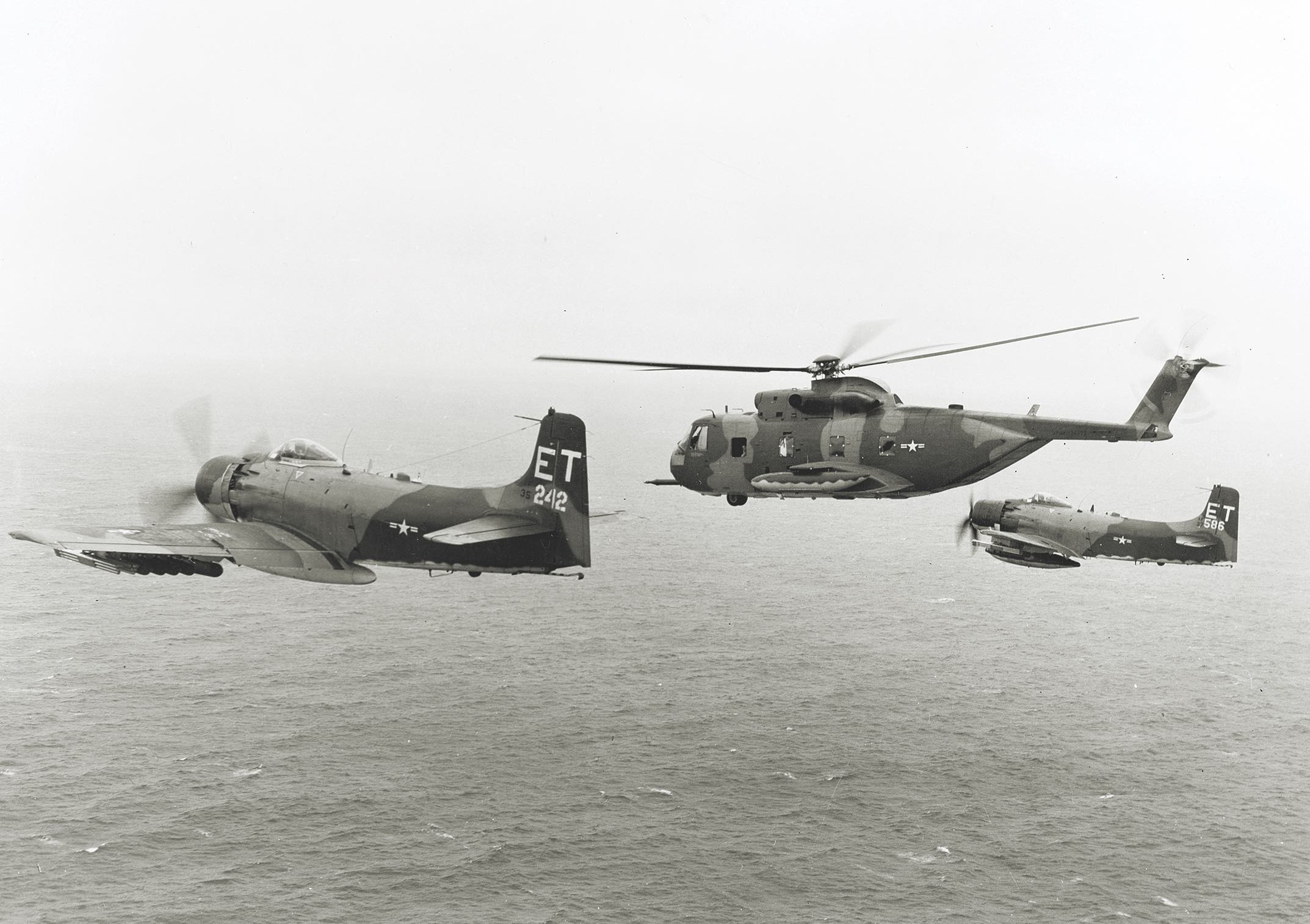
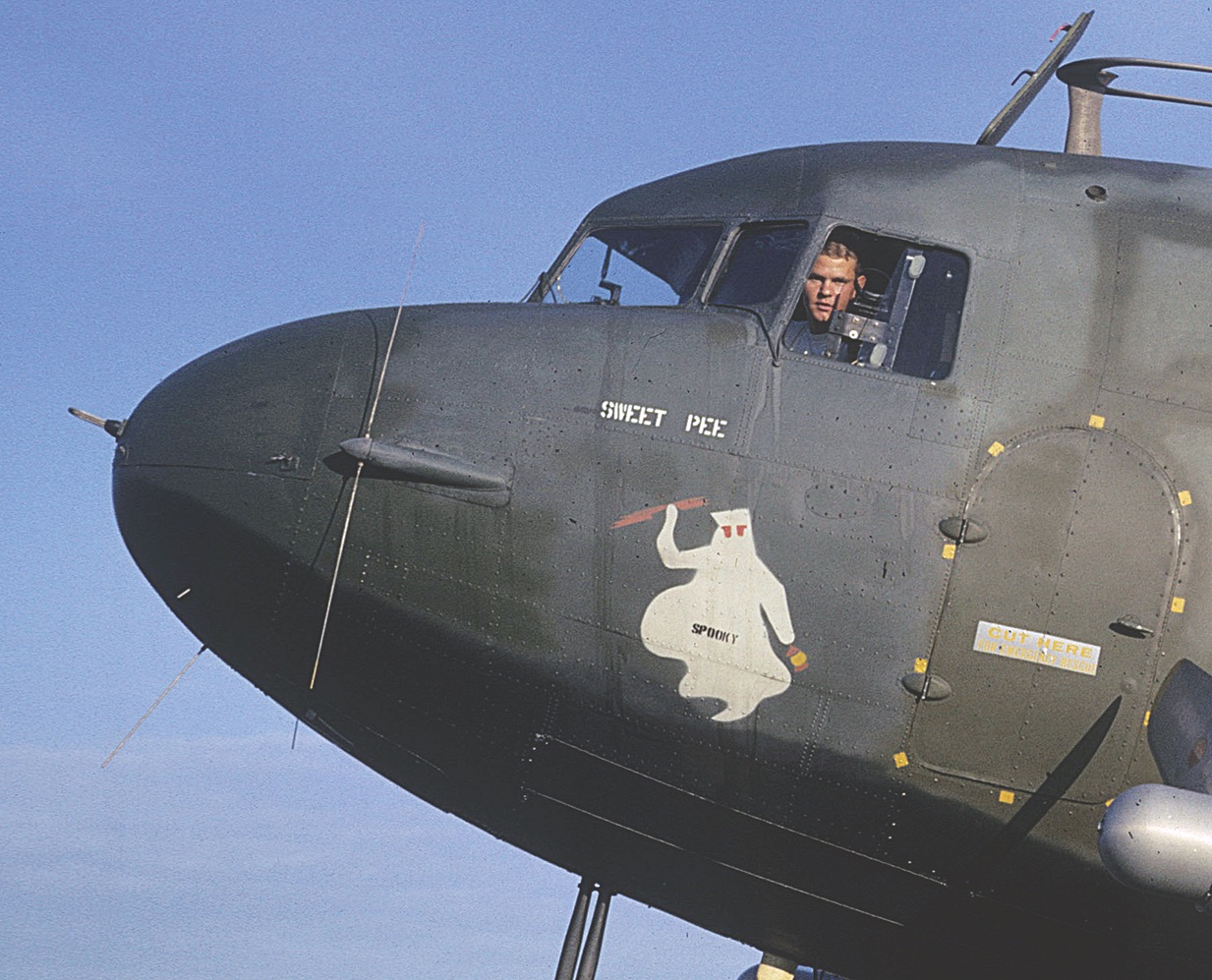
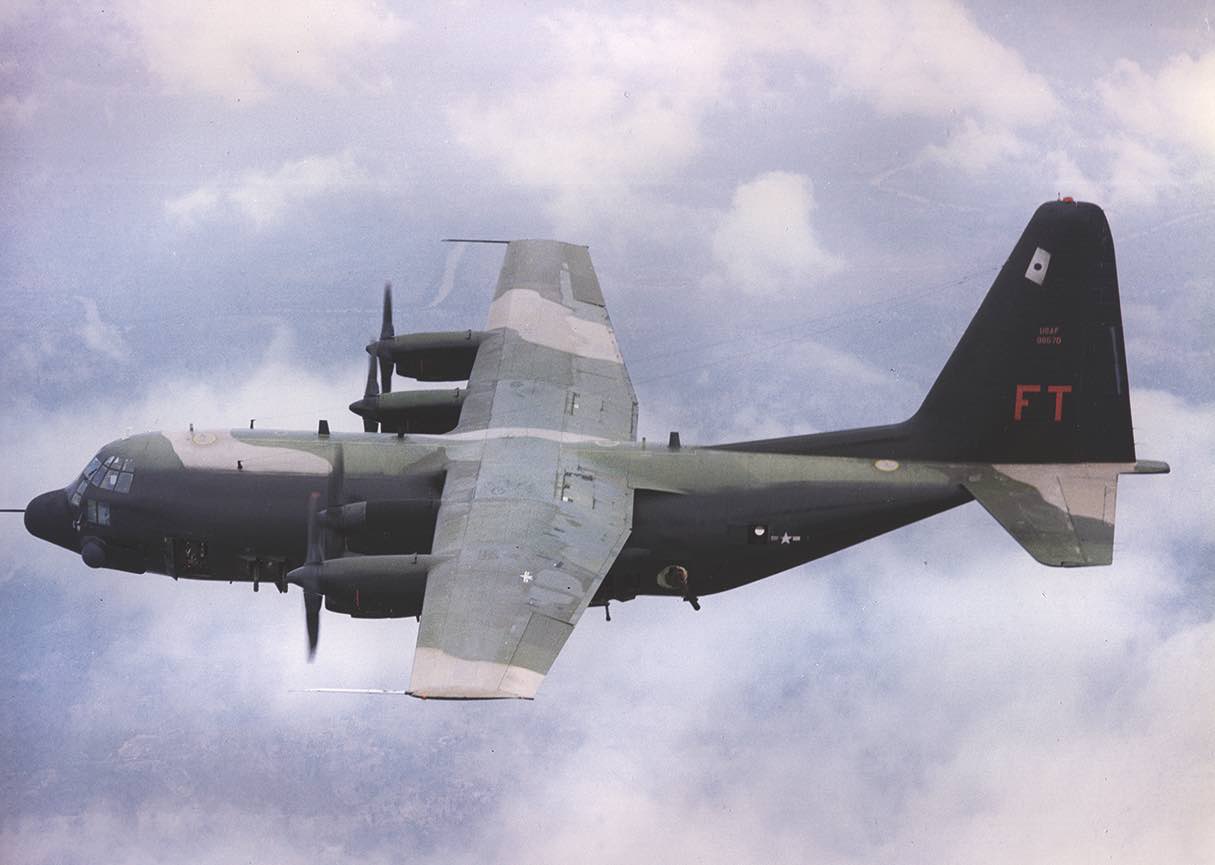
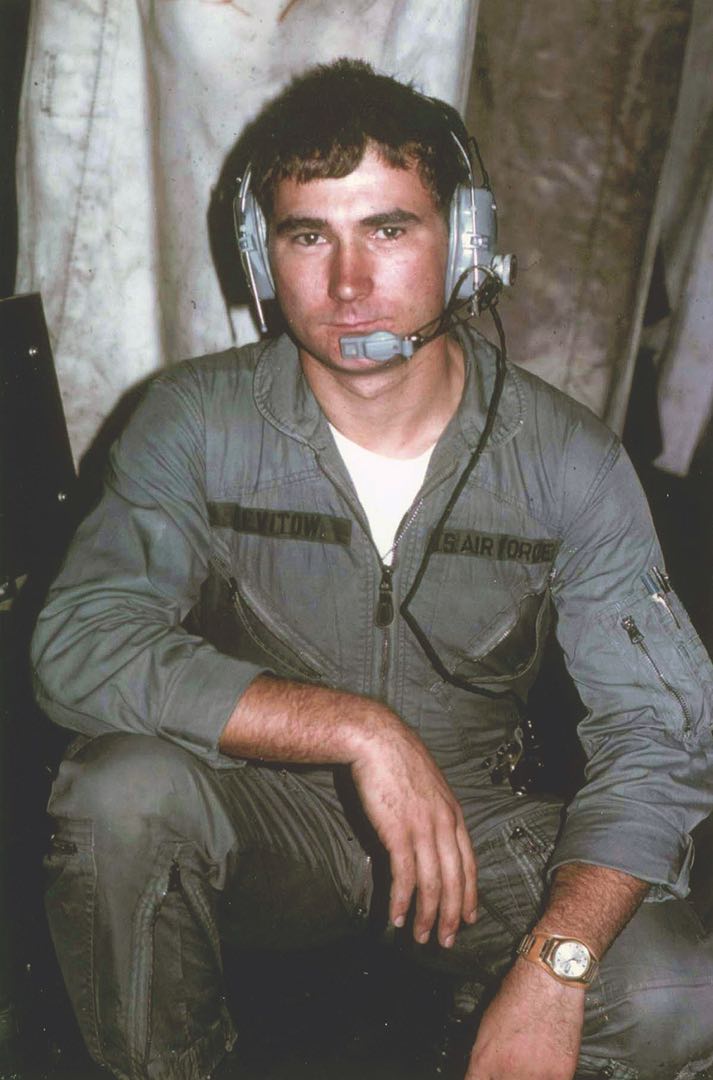
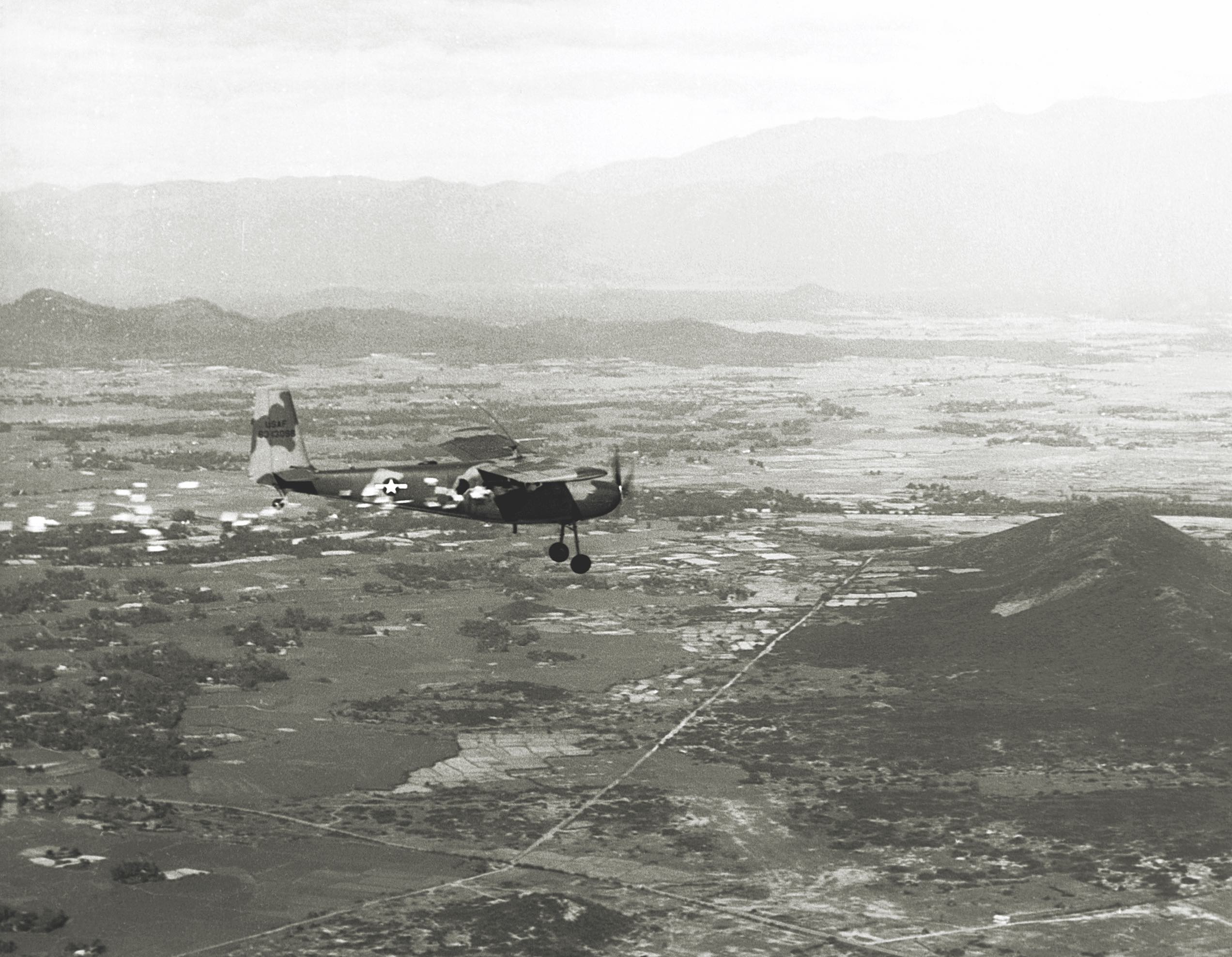
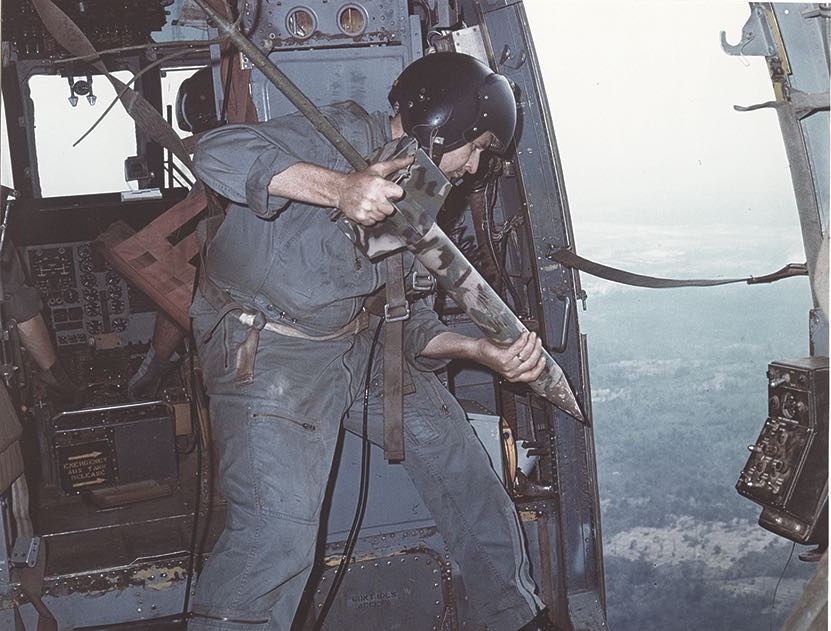
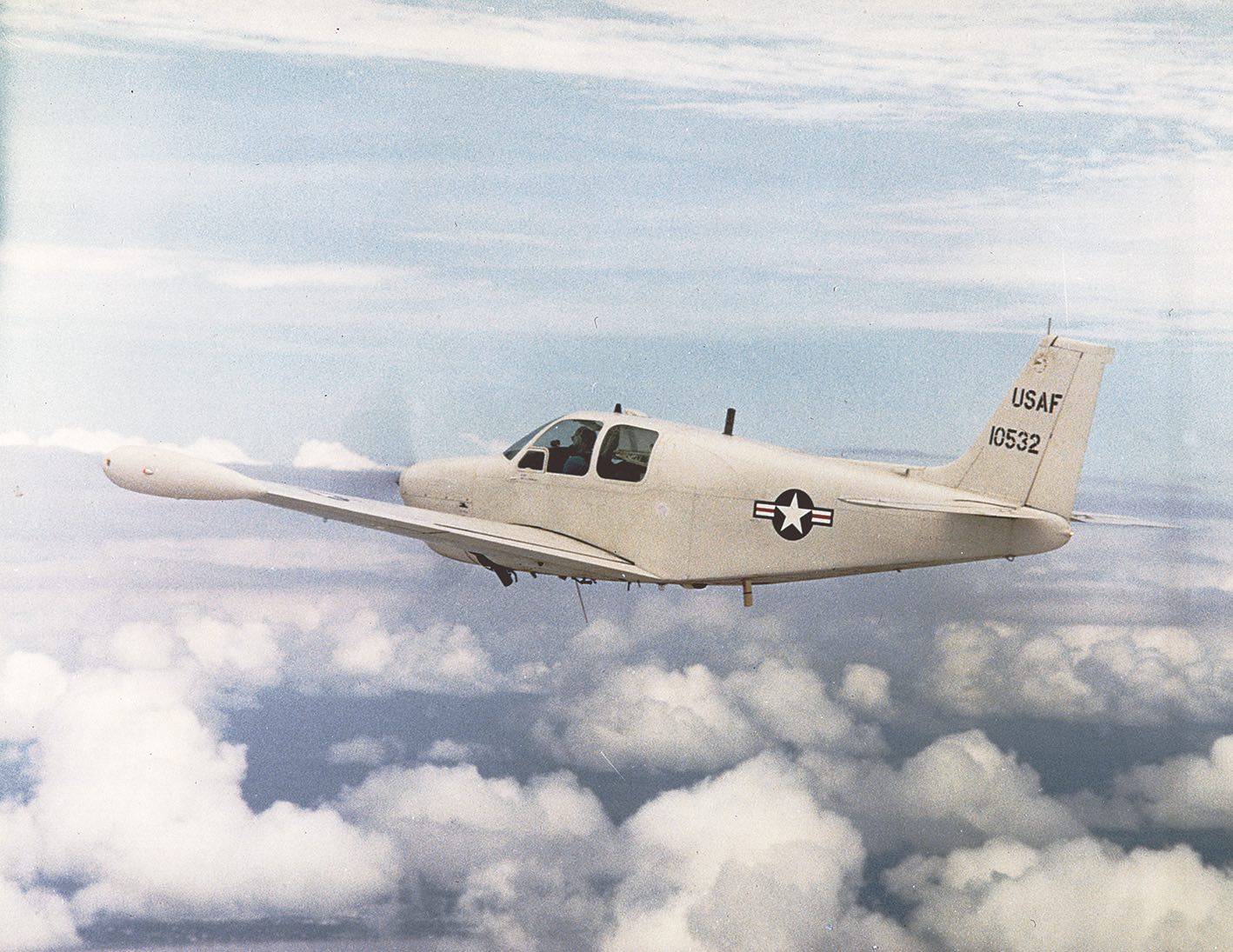
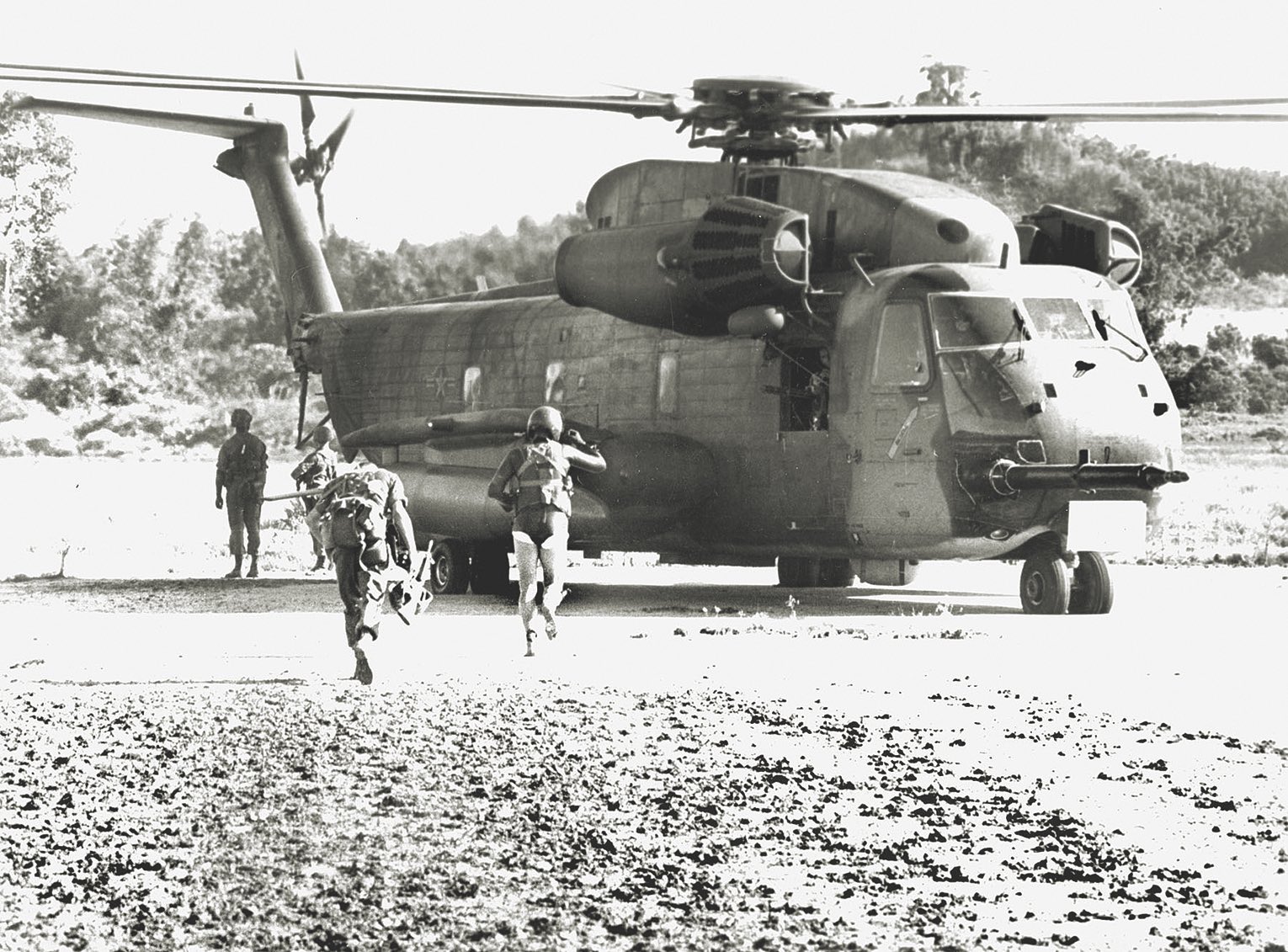
The first such unit was the 4400th Combat Crew Training Squadron, formed on Oct.1, 1961, in response to the activation of the South Vietnamese National Liberation Front, or Viet Cong, in 1960. Equipped with 16 B-26 Intruder bombers, armed T-28 Trojan trainers and SC-47 transports, the “Jungle Jim” squadron’s task, dubbed Operation Farm Gate, was ostensibly to train pilots for South Vietnam’s air force.
In practice, anyone from the already-qualified Col. Nguyen Cao Ky, a future vice president, to an available South Vietnamese soldier sat behind the American pilot with standing orders of “don’t touch anything.” From its first “training” mission on Dec. 19, 1961, to July 28, 1963, when the pretense was dropped and the unit was redesignated the 1st Air Commando Squadron, the 4400th Squadron provided effective close support for the Army of the Republic of Vietnam.
In spring 1964 the 1st Air Commando was reequipped with A-1E Skyraider attack aircraft packed with guns and bombs. By then the American commitment in Vietnam was steadily rising and with it came proliferation in Air Force special units adapting to the various challenges of a most unconventional war. V
historynet magazines
Our 9 best-selling history titles feature in-depth storytelling and iconic imagery to engage and inform on the people, the wars, and the events that shaped America and the world.


